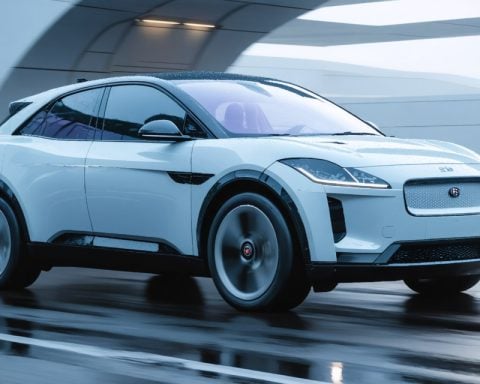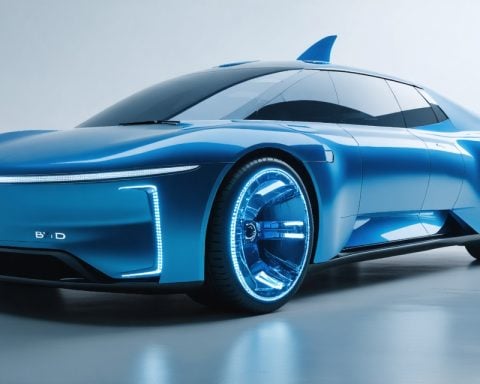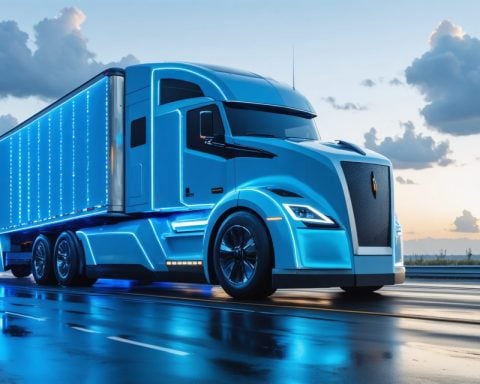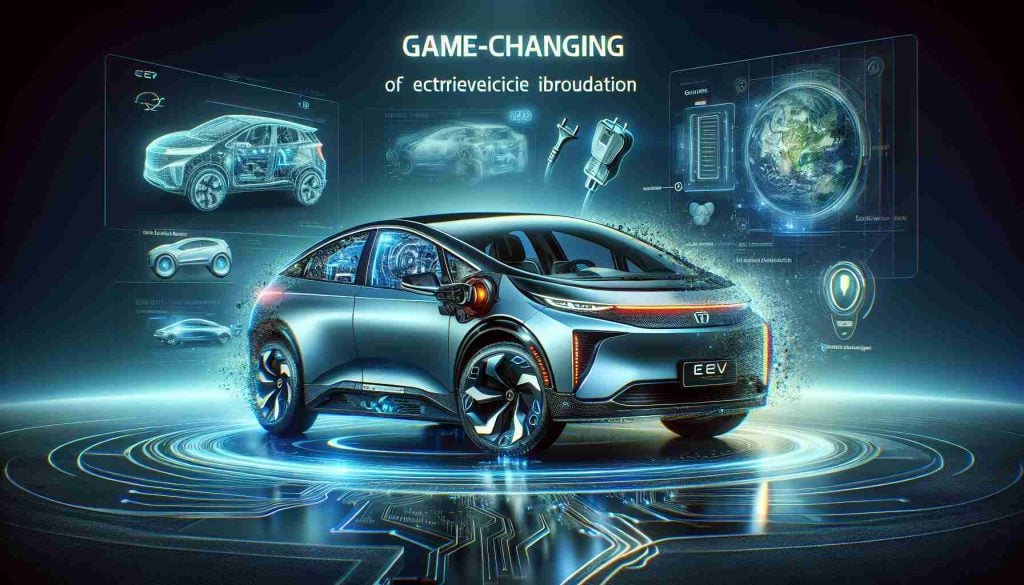- The UK has added nearly 20,000 new EV chargers in one year, marking a 37% increase.
- On-street chargers now represent 36% of the total, providing convenience for those without driveways.
- There are currently 73,334 public charging devices in the UK, with over 57% rated between 3kW and 8kW.
- London has the highest density of chargers at 250 devices per 100,000 residents, while Northern Ireland has only 36.
- To reach the goal of 300,000 chargers by 2030, the UK needs to install 27,000 chargers annually.
- Funding challenges and disparities in charger distribution highlight the need for support and private sector partnerships.
The UK is experiencing a remarkable transformation in its electric vehicle (EV) infrastructure, with nearly 20,000 new chargers installed over the past year. This explosive growth, reported by the Department for Transport and ZapMap, represents an impressive 37% increase since January 2024.
But that’s not all – the rise in on-street chargers is particularly heartening, catering to EV owners without driveways. These chargers now account for 36% of the total, reflecting a 27% boost in availability. This surge allows residents to charge their vehicles conveniently near their homes, a welcome change for many.
With a total of 73,334 public charging devices across the UK, the landscape is transforming. Over 57% are rated between 3kW and 8kW, while 20% are fast to ultra-rapid chargers, advancing the EV revolution. Despite this progress, significant disparities remain in charger distribution, with London leading the charge at 250 devices per 100,000 residents. In stark contrast, Northern Ireland struggles with just 36 devices per 100,000.
To meet the UK’s ambitious target of 300,000 chargers by 2030, an annual installation of 27,000 chargers is essential. However, funding challenges, especially in the North, persist, with many councils lacking dedicated resources for EV infrastructure. The call for support and private sector partnerships is louder than ever.
The key takeaway? As the UK accelerates its EV charging network, disparities must be addressed to ensure every driver can power up, paving the way for a greener future.
Shocking EV Charging Growth in the UK: What You Need to Know!
Overview of the UK EV Charging Infrastructure Transformation
The UK is experiencing a remarkable revolution in its electric vehicle (EV) infrastructure. With nearly 20,000 new chargers installed in the past year, the country has seen an impressive 37% increase since January 2024. This surge is not just in numbers; it signifies a significant shift towards a more accessible and convenient charging network.
The increase in on-street chargers is particularly noteworthy, catering to EV owners without driveways. These chargers now make up 36% of the total and represent a 27% boost in availability, allowing many residents to charge their vehicles conveniently near their homes.
Key Statistics on Charging Devices
Overall, the UK now boasts 73,334 public charging devices. Of these:
– 57% are rated between 3kW and 8kW, accommodating standard charging needs.
– 20% are classified as fast to ultra-rapid chargers, supporting efficient charging solutions.
Disparities in Charger Distribution
Despite this growth, significant disparities persist in charger distribution across the UK. London leads with 250 devices per 100,000 residents, whereas Northern Ireland struggles with merely 36 devices per the same population metric. Addressing these disparities is crucial as the country aims for its ambitious goal of 300,000 chargers by 2030, necessitating an installation rate of 27,000 chargers annually.
Challenges and Opportunities Ahead
Funding challenges, particularly in Northern regions, continue to hinder these goals. Many councils are struggling to find dedicated resources for EV infrastructure, emphasizing the need for greater support and partnerships with the private sector.
Frequently Asked Questions
1. What factors are driving the growth of EV chargers in the UK?
The growth is primarily driven by increasing demand for electric vehicles, government incentives for EV adoption, and a growing awareness of sustainability. Technological advancements in charging speed and efficiency also play a significant role.
2. How does the UK’s EV charger distribution compare to other countries?
While the UK is making strides in expanding its EV infrastructure, countries like Norway have a much higher concentration of chargers per capita, primarily due to their longstanding commitment to EVs and extensive government support.
3. What can consumers expect from the EV charging landscape in the upcoming years?
Consumers can anticipate further expansion of charging networks, increased availability of fast chargers, and improved technology. As charging solutions become more accessible, the adoption of electric vehicles is expected to rise, promoting environmental sustainability.
Additional Insights and Trends
– Pricing Trends: The average cost of charging at public stations is being closely monitored as more consumers transition to EVs, affecting overall market dynamics.
– Innovation: Charging technology is advancing, with wireless charging and solar-powered chargers emerging in the market.
– Sustainability Aspects: The shift towards EVs is critical in reducing carbon emissions, contributing meaningfully to climate goals.
For more detailed insights on the UK’s EV infrastructure, check UK Government and Zap-Map.
















